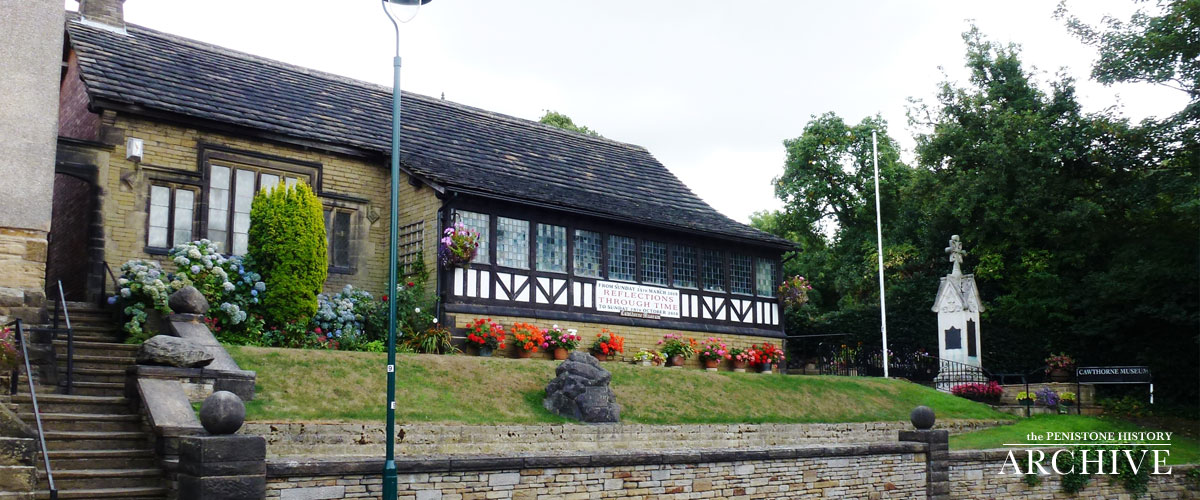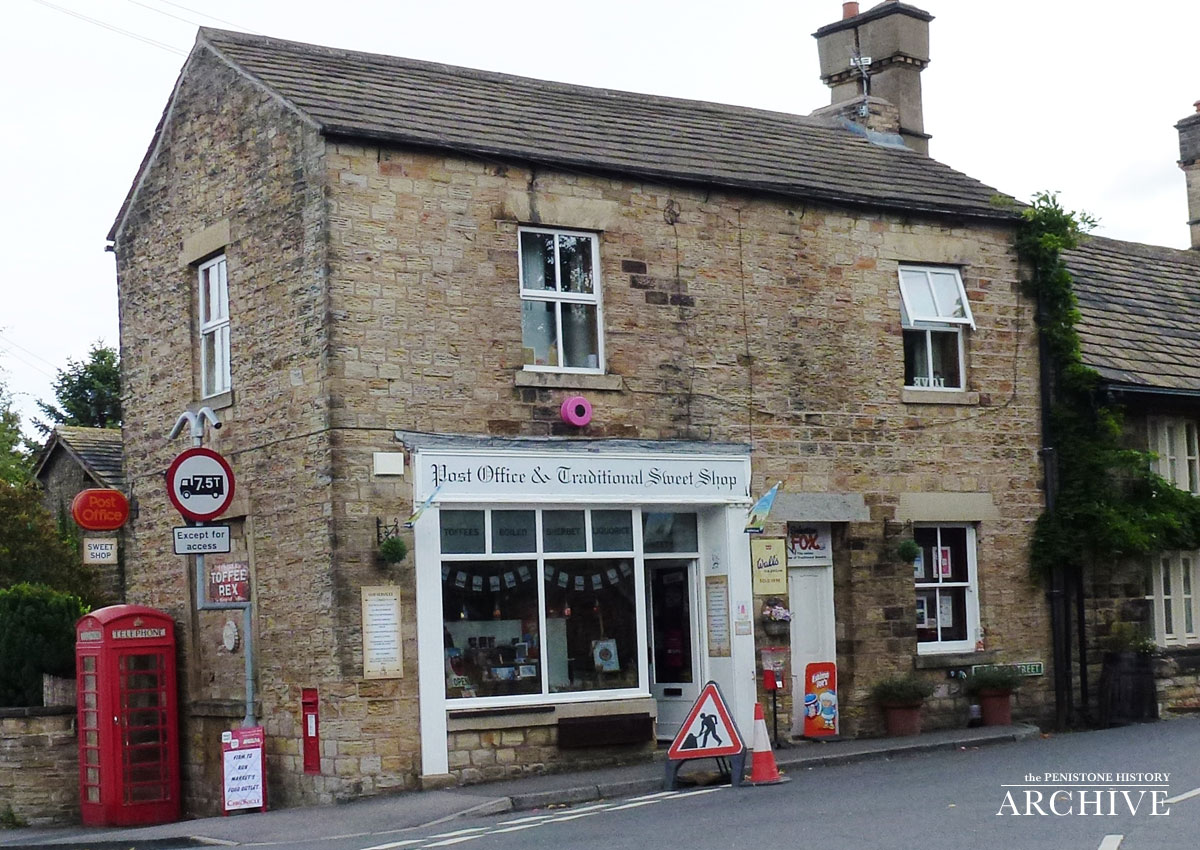Cawthorne
Cawthorne is a village and civil parish in the Metropolitan Borough of Barnsley in South Yorkshire, England. The village was once the centre of a localised iron and coal mining industry, though today it is the centre of a very affluent commuter belt, west of Barnsley. At the 2001 census it had a population of 1,108, increasing to 1,151 at the 2011 Census.
The village has a choral society, a brass band, a museum, a stately home (Cannon Hall), and a Young Farmers Club. The local charitable club, Cawthorne wives holds meetings and raises money for local and national charities. Young people are catered for by the Grass Roots drama club which produces an annual play ranging from comedy to Shakespeare. Every four years the village produces a Community Drama in the grounds of Cannon Hall involving the band, choral society and 100 actors from the village. In 2000 this was One Breath and in 2004 Time and Chance.The village pub, the Spencer Arms is named from the village’s association with the Spencer-Stanhope family who once owned large swathes of the local area. Their family home was Cannon Hall, the park of which borders the village. Cannon Hall is now a museum run by Barnsley Metropolitan Borough Council. Nearby visitor attractions include Cannon Hall Farm.
Two earlier residences in Cawthorne were Barnby Hall, home of the Barnby family, and Banks Hall, the seat of the Misses Spencer-Stanhope and of a branch of the Greene family.
Cawthorne is frequented by ramblers as many excellent walking routes start from the village.
The Victoria Jubilee Museum, built to commemorate Queen Victoria’s Golden Jubilee, was opened in 1889 and contains numerous unusual exhibits including a stuffed cheetah and a two-headed lamb.
All Saints Church overlooks the village and contains memorials to the Barnby and Spencer families, among others.
There is also Cawthorne Methodist Church on Darton Road and a Post Office in the village.
Military Camp / Polish Resettlement Camp
Cannon Hall Park was requisitioned by the War Office in 1940 to house a camp for the armed forces. The camp was initially built as a tented camp in July 1940 to house British troops evacuated from Dunkirk. Over the following years it was replaced by more permanent buildings, paved roads, services and facilities.
Over the period 1940 to 1949 the Cannon Hall Camp was home to different units of the British,Canadian and Polish armies and was sited alongside the centre of Cawthorne village. At peak times the camp housed around 1,000 troops, which had a significant impact on the life of the villagers.
The end of the war saw some 250,000 Free Polish Armed Forces troops in Western Europe and the Middle East. Many of these troops could not return to Poland because, either their homes in eastern Poland had been given to the Soviet Union (Yalta Agreement), or because they feared living under Communist rule in Poland, many having already experienced the horrors of the Soviet work camps.
To accommodate the troops not wishing to return, in May 1046 the British set up the Polish Resettlement Corps (PRC), a non-combat unit of the British Army which was designed to ease the Poles’ transition into British civilian life. Members of the Free Polish armed Forces, which were now being disbanded, were free to volunteer and sign on with the PRC. Around 140,000 joined up.
The PRC contracts were for 2 years although a soldier was free to leave for a civilian job at any time. The Poles in the PRC were housed in some 300 camps around Britain – Cannon Hall, Cawthorne, was one of these camps.
Polish soldiers and their families occupied the Cannon Hall Camp post World War 2 – 1946-1952 when it was designated a Polish Resettlement Camp its purpose was to facilitate the educational needs of the many Poles who had their schooling disrupted and required additional studies to complete to ‘0’ and ‘A’ level standards in a variety of subjects.
The camp which previously had been ‘off limits’ to civilians when used as a Military Camp, became much more accessible to the public.
(Check out WW2 plaque in Cawthorne photo gallery)


